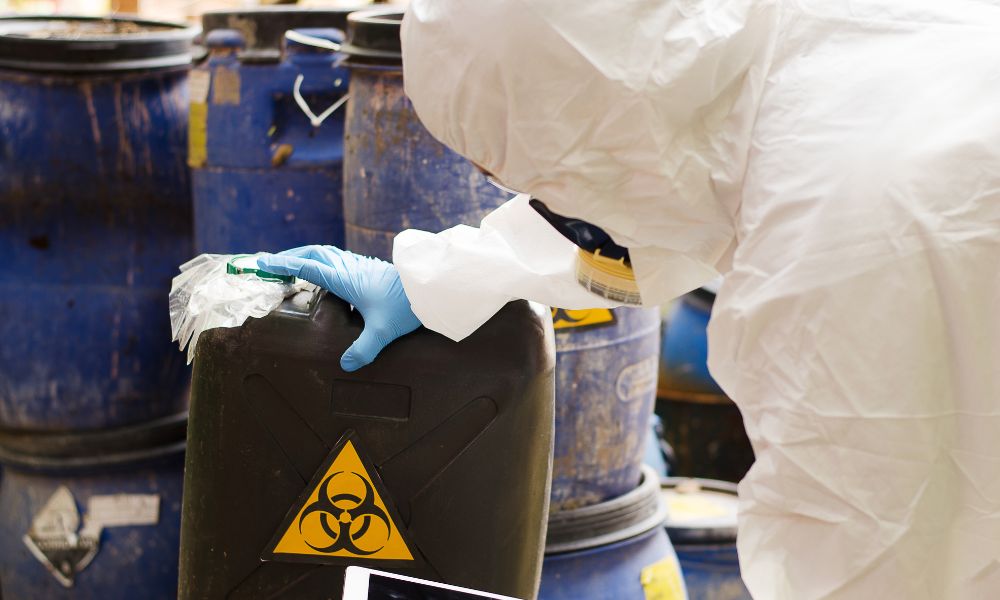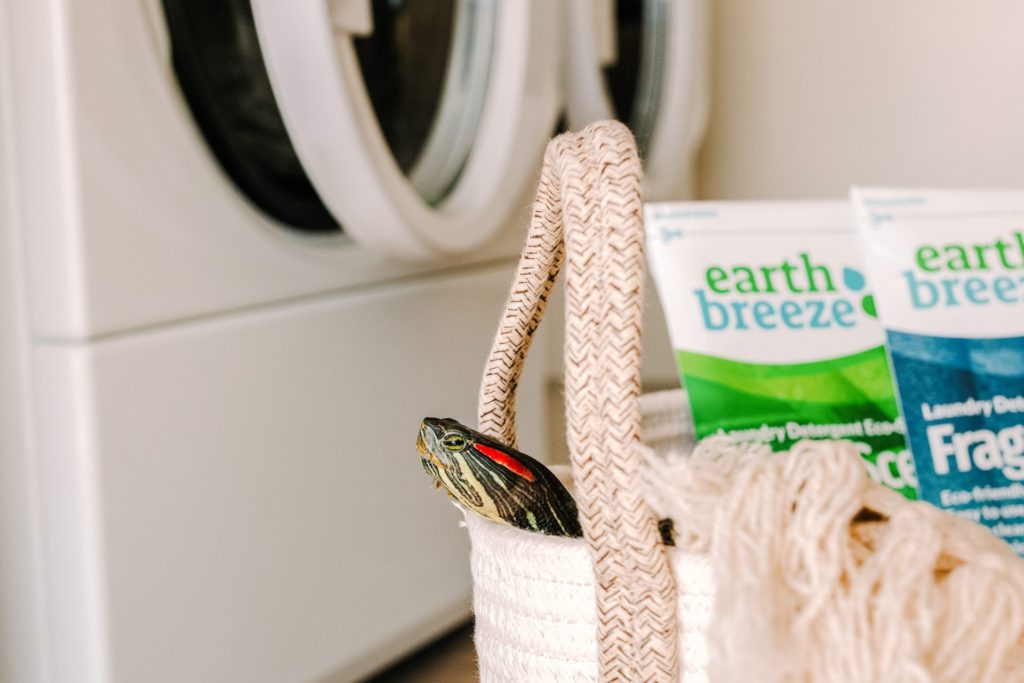Workplace safety is necessary for all types of industries, but especially in labs with chemicals present. Many accidents can occur in a lab, including heat and chemical burns, scrapes and cuts, inhalation, spills and breaks, fire, and cross-contamination. Accidents will happen in your lab, even when you do everything right, so understanding how to prevent and treat them is necessary to reduce the number of serious hazards that arise.
Wear the Proper Uniform
While wearing the proper uniform cannot prevent an accident, it can help you maintain lab safety. You must avoid skin exposure when working with chemicals—wear closed-toed, flat shoes, long sleeves and pants, and gloves when handling substances. If your hair is long, tie it back so it does not get in the way or potentially caught in equipment. Lastly, remove all jewelry before starting your work day; these accessories can snag gloves or get caught in a machine too.
Prepare Your Workstation Every Day
Preparing and inspecting your workspace at the beginning of each workday is essential to prevent accidents. This includes checking beakers and other containers for cracks, stocking first aid kits, removing clutter and trip hazards, and inspecting electrical equipment for damage.
Handle Chemicals Carefully
This practice is likely obvious and taught in school, but never inhale, smell, or taste the chemicals you are working with. Your workstation must be well-ventilated with a fume hood—when this isn’t present, it could accelerate or help create accidents. Understand how to safely store and handle these chemicals before using them in your lab.
Avoid Cross-Contamination
One way to prevent and treat accidents in your lab is to avoid cross-contamination between foreign materials and chemicals. Food, beverages, and cosmetics, such as lip balm, should stay outside the lab. Wear personal protective equipment (PPE) at all times when conducting procedures. Lastly, dispose of gloves, sharps, syringes, and needles appropriately to avoid contamination and other accidents.
Treat Accidents Properly
One essential component of labs is an eye wash station—this can help flush out your eyes if you accidentally get chemicals in them. Have a first aid kit to treat cuts, scrapes, and other minor mishaps. If a situation takes a turn for the worse, be familiar with where the phones are so you can quickly call emergency services. If an accident occurs, it is best to have someone else there with you; never work in a lab alone.
Remember to keep lab safety at the forefront of your mind when you begin each workday. Accidents will transpire every so often, but you can minimize the number of times by using the above practices. What can you change in your lab to help prevent accidents?








